“Two roads diverged in a wood, and I—
I took the one less traveled by,
And that has made all the difference.”
Robert Frost
Happy Holidays from MDC. Enjoy wild journeys through Missouri’s four seasons.
We journey during the holiday season to see family and friends. Winter, like each season in the Show Me state, has its own outdoor options to view and experience. This time of year offers fantastic viewing of migrating waterfowl. The Mississippi flyway crosses through Missouri and open waters offer great viewing and photo ops of ducks, geese, swans, and other birds as they stop to fuel and rest on their way. Read on for some wild journeys as well as some outdoor activities to enjoy with family and friends this winter.
Wild Journeys
Living creatures have their own unique adaptations to aid in their journeys. Here are a few ways they travel and live.
- Waterfowl have their own pre-flight checklist before becoming airborne. Many ducks, geese, and swans will signal to each other by shaking their heads up and down, side to side, or tipping straight up.
- Geese may also make a low or background humming sound while head nodding and then a louder honking sound while taking off.
- Swans need about 100 feet for take-off, so they’ll head out to open water first.
- Birds are built to fly with light bones, strong legs, and specially shaped wings.
- Doves actually have metal in their brains that enable them to navigate by sensing differences in the earth’s magnetic field.
- Swifts have bristly feathers about their mouths to help them catch insects in flight.
- Deer can run about 30 mph aided by long limbs and powerful shoulder and hip muscles.
- Mistletoe journeys along trees, attaching itself as a parasitic plant. Mistletoe stays green all winter because it sucks minerals and water from its host. Mistletoe grows naturally in southern Missouri in clumps high up on trees. It's rare in Missouri but can be found in river valleys on sycamore, elm, river birch and oaks. It grows in tangled balls as much as five feet across. House wrens, chickadees, mourning doves, and other birds build nests in them.
- In North America, the length and thickness of an animal’s fur is greatest sometime between November and March. This winter coat is referred to as “prime,” when the animal’s fur is prime.
- Some animals can walk just minutes after birth. A few can walk on water. Others like beavers and raccoons can walk on two legs while carrying things.
- Snakes have three ways of moving on land; lateral undulating, straight crawling, and side winding.
- A snowflake’s journey begins high in the earth’s atmosphere when super-chilled water vapor crystallizes around a particle of dust. As a seed crystal circulates within a cloud, it changes in size and shape. The atmosphere the snowflake encounters along the way is what creates the snowflake’s pattern.
Outdoor Winter Fun
If your brood is getting cabin fever this winter, here are some fun outdoor activities to try. Heading outdoors can be healthy and fun. It also helps mentally and creatively. Stay safe while out by dressing in layers, bringing water, and watching the weather.
- A winter hike or scavenger hunt will work off calories and entertain the senses.
- Visit an Eagle Days event or go eagle watching near open waters.
- Take a night walk, listening for owls, coyotes and other animals.
- If there’s snow, look for animal tracks or make snow ice cream.
- Outdoor picnics or backyard campfires will switch things up in a fresh way.
- After the holidays, recycling live Christmas trees to backyards or ponds help create habitat for wildlife and fish.
- Kids can be entertained by making and hanging bird friendly garlands or pinecone bird feeders.
- Join the Audubon Christmas Bird Count and help protect birds. Learn more about this citizen science effort in our Nature Boost December podcast.
Make a Pinecone Bird Feeder
Birds search for seeds, berries, and other foods all winter long. Help out by making a bird feeder. You’ll need pinecones, yarn, peanut butter, and bird seed. Here’s how:
- Gather a bunch of pinecones. Tie yarn or twine around the top of each one.
- Use a butter knife or Popsicle stick to cover the cones with peanut butter. Fill all the little spaces.
- Pour birdseed into a small tub or cake pan. Roll the cones through the seed. Press firmly so plenty of seed sticks to the peanut butter. Keep rolling until each pinecone is completely covered.
- Tie your pinecones to sturdy branches where you can keep an eye on them. In no time, hungry birds will arrive for a feast! When your pinecones are picked clean, reuse them to make new bird feeders.
Check out creative ideas for winter activities for kids.
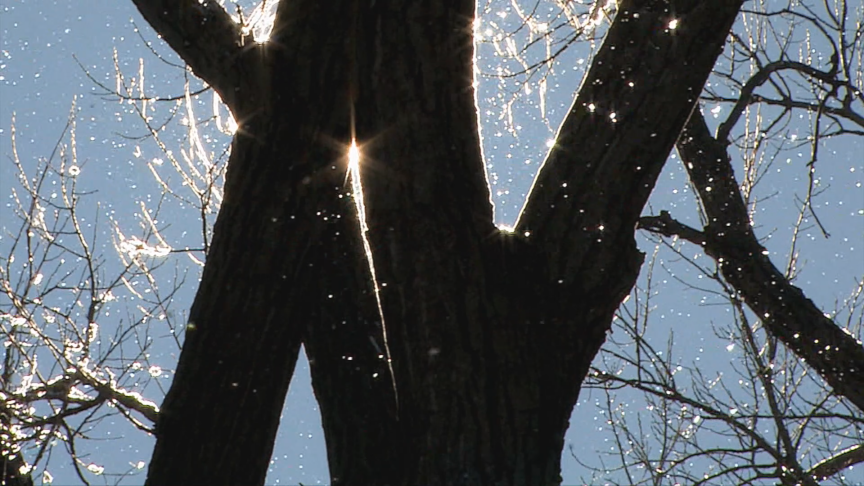
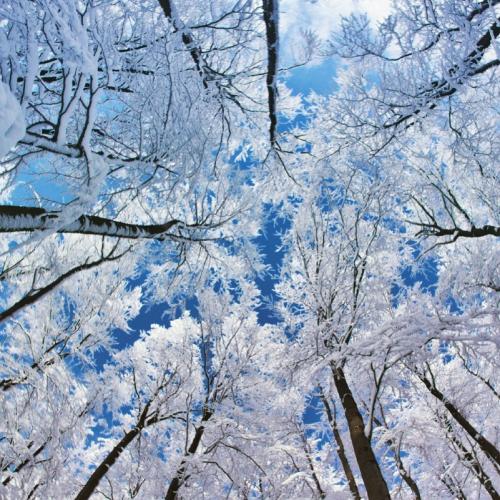
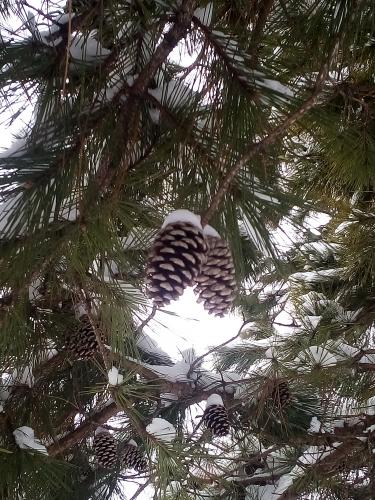
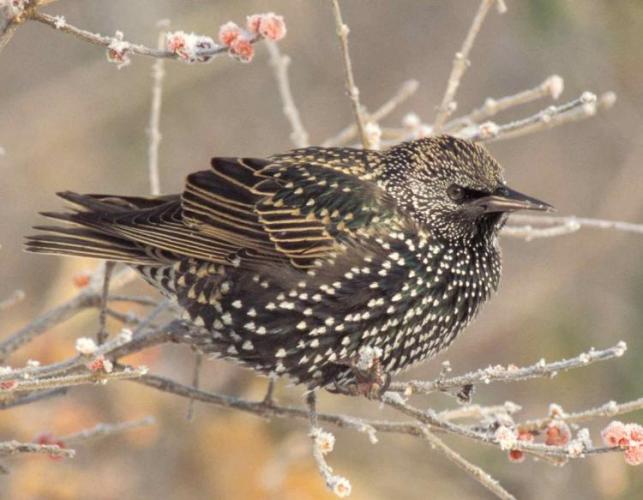
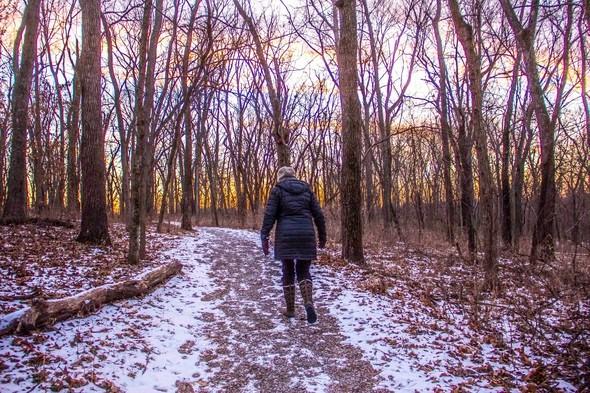
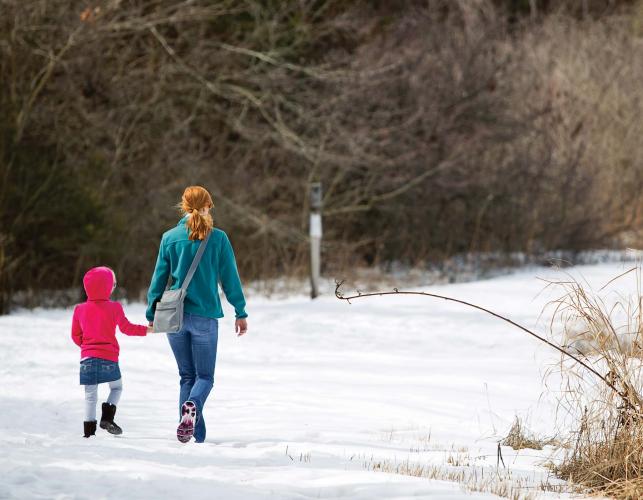
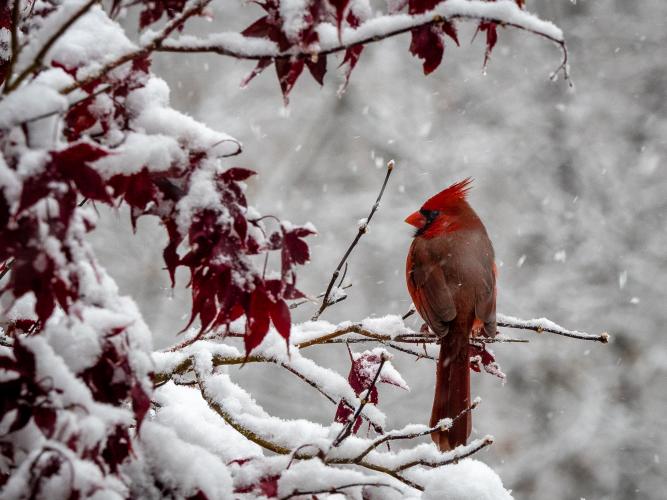
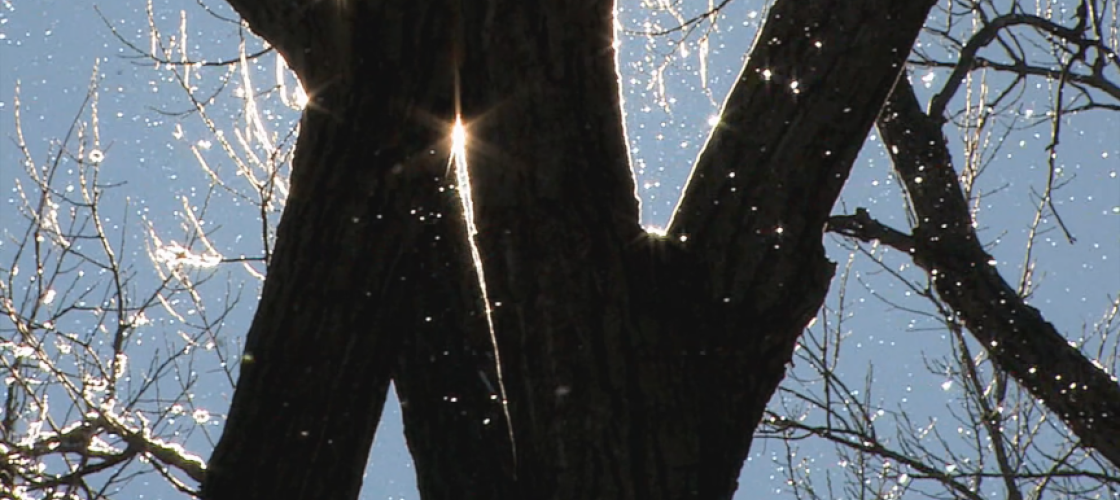
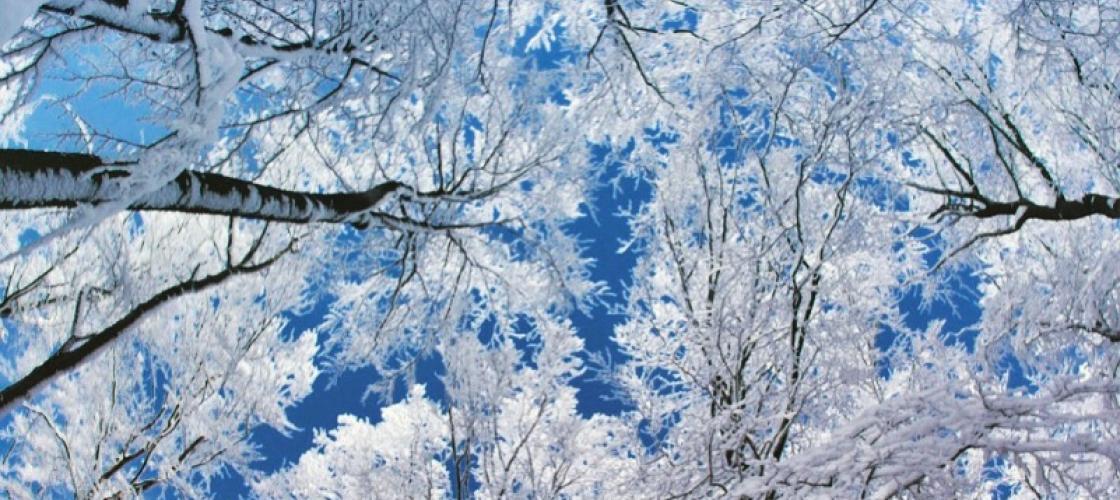
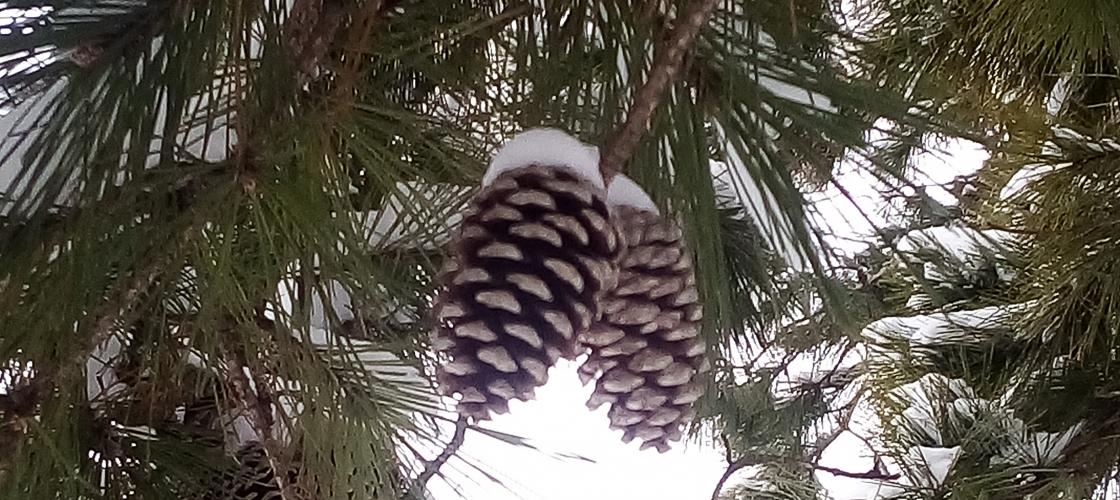
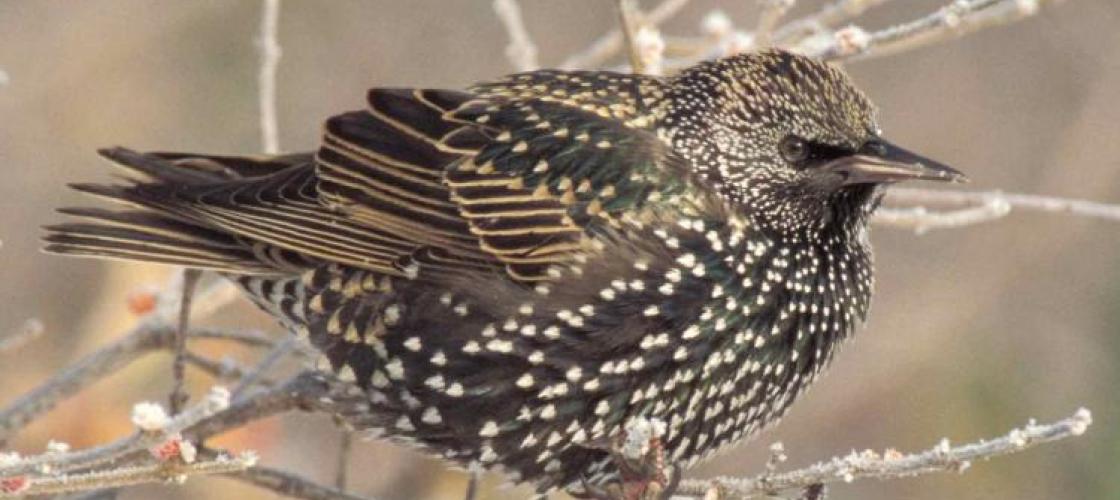
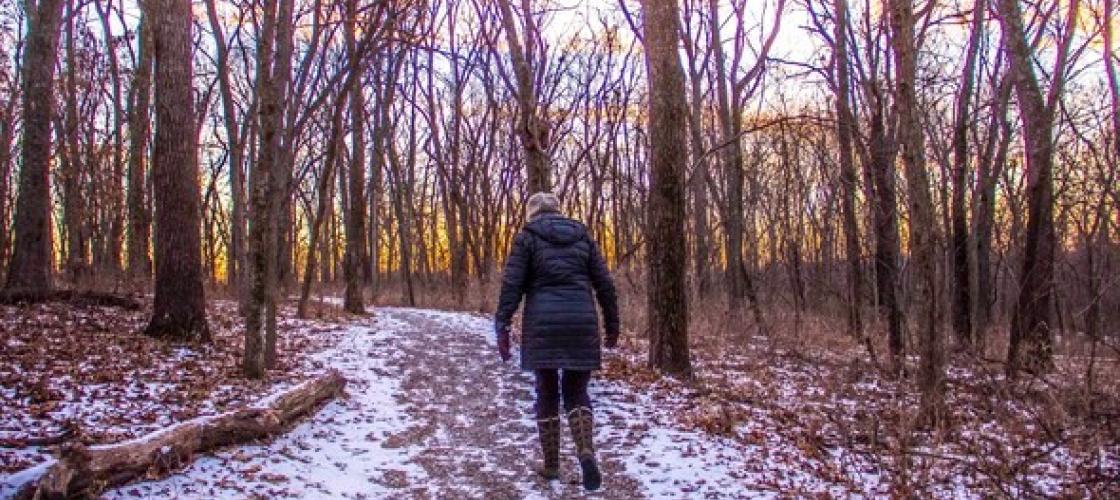
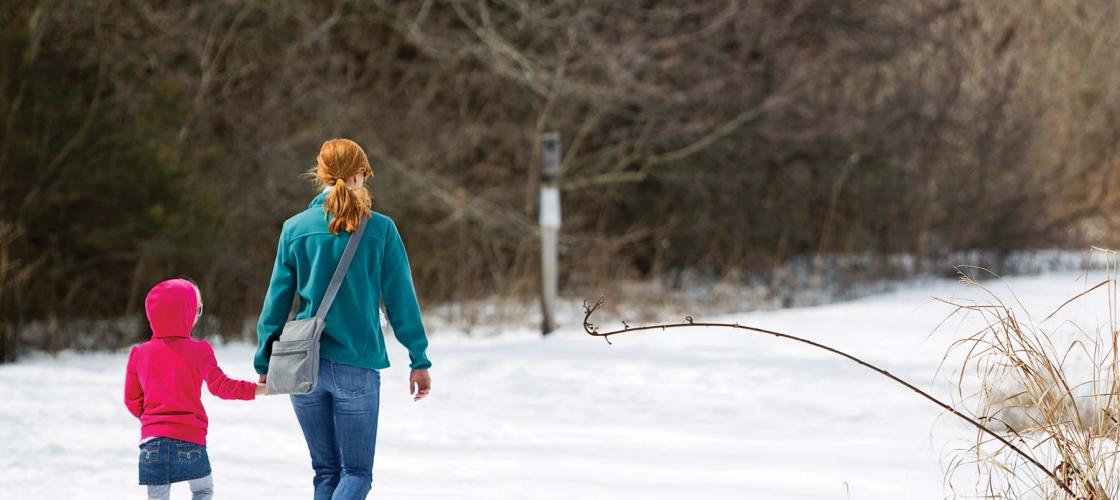

Recent Posts
























